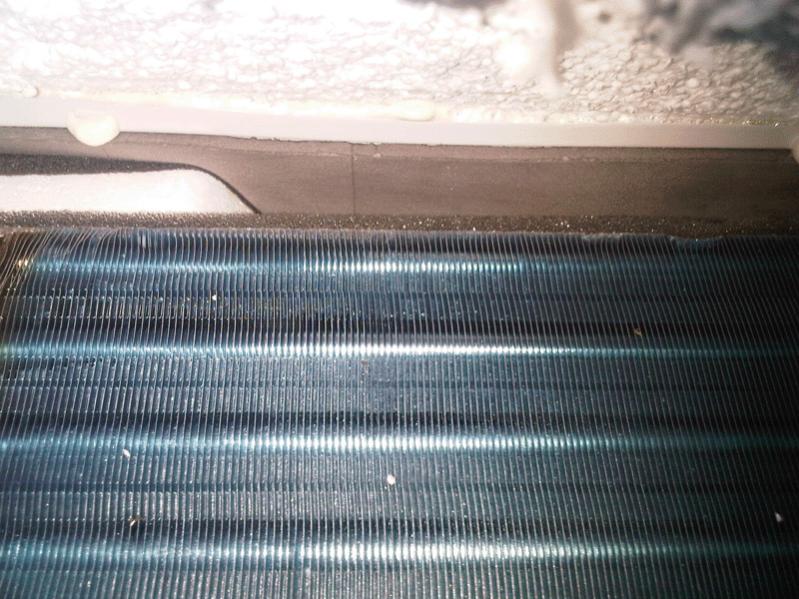ThreeTaps
Well-Known Member
Hey all,
Bought a replacement A/C unit yesterday that's mechanical. It gets my ferm chamber down to 64^F, but no lower. My fermometer is reading 70^F temps this morning, so I want to rewire the thing to keep the compressor on (doesn't really make too much difference in terms of A/C health, as my temp controller will cut power off once it's probe reaches 62^F inside a 1L bottle of water).
I can't find any wiring diagrams on the specific model I have, it's a wal mart $98 GE one with controls on the left. Is there a standard for which wires control the compressor functionality? I'm very new on A/C wiring, only having rewired my last digital one with the help of a diagram. I just want it to keep the compressor on instead of constantly going on and off.
Bought a replacement A/C unit yesterday that's mechanical. It gets my ferm chamber down to 64^F, but no lower. My fermometer is reading 70^F temps this morning, so I want to rewire the thing to keep the compressor on (doesn't really make too much difference in terms of A/C health, as my temp controller will cut power off once it's probe reaches 62^F inside a 1L bottle of water).
I can't find any wiring diagrams on the specific model I have, it's a wal mart $98 GE one with controls on the left. Is there a standard for which wires control the compressor functionality? I'm very new on A/C wiring, only having rewired my last digital one with the help of a diagram. I just want it to keep the compressor on instead of constantly going on and off.






